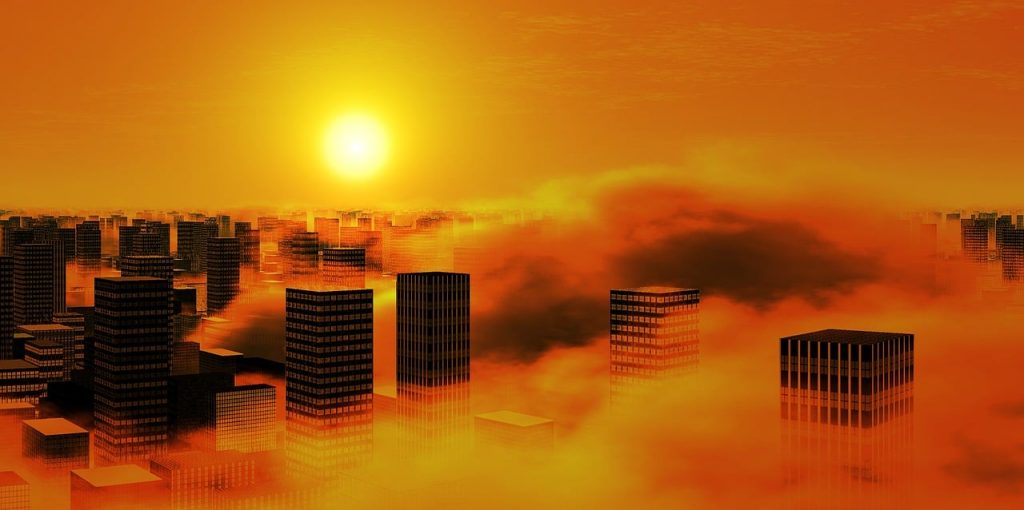For portions of Tuesday, New York City experienced the worst air pollution globally due to smoke drifting south from over a hundred wildfires in Quebec. The harmful smoke from Canada’s fires has intermittently blanketed the Northeast and Mid-Atlantic regions for over a week, causing heightened anxiety about the long-term effects of poor air quality.
Tuesday evening saw New York City’s air quality index surge beyond 200, a value deemed “very unhealthy” by IQair. At 10 p.m. ET, New York had the poorest air quality among all major metropolitan areas, as per IQair’s analysis.
Later in the evening, only New Delhi, India surpassed New York City’s air pollution levels, making it the second most polluted city worldwide, IQair indicated. Doha, Qatar; Baghdad, Iraq; and Lahore, Pakistan were also on this distressing list. New York City briefly held the dubious honor of topping this list earlier on Tuesday morning.
Due to these conditions, numerous central New York state school districts, totaling at least ten, called off outdoor events and activities scheduled for Tuesday. These included academic programs, athletic meets, and other extra-curricular events. Outdoor recesses and physical education classes also had to be cancelled, according to the schools’ notifications.
Wildfire smoke is filled with incredibly small particles, known as PM2.5. These are the smallest pollutants, but also the most harmful. They can infiltrate deep into the lungs and even into the bloodstream when inhaled. Emitted by fossil fuel combustion, dust storms, and wildfires, these particles are associated with several health problems such as asthma, heart diseases, and other respiratory illnesses.
Air pollution claims millions of lives each year due to health complications. The World Health Organization reported that in 2016, about 4.2 million premature deaths were linked to fine particulate matter. On Tuesday, the PM2.5 concentration in New York City’s air exceeded the World Health Organization’s guideline by more than ten times.
According to William Barrett, the national senior director of clean air advocacy with the American Lung Association, visible or smellable smoke indicates exposure. He emphasized the importance of staying indoors during peak pollution periods and monitoring one’s health for symptom development. He highlighted that children, seniors, pregnant individuals, and people with respiratory or cardiovascular diseases are particularly susceptible to wildfire smoke, which can exacerbate or trigger symptoms.


